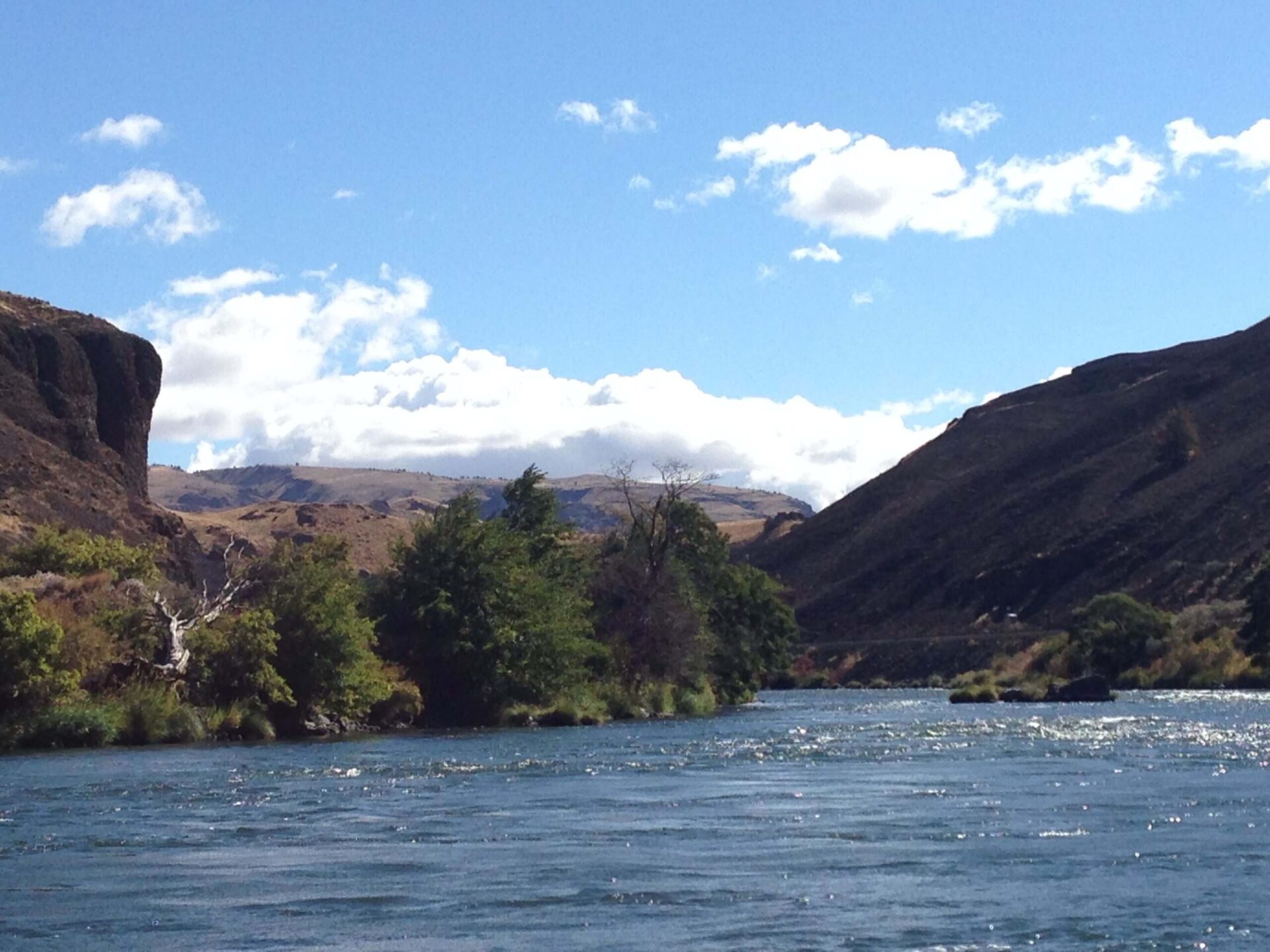
Editor’s Note: We knew 2019 was going to be a bad year for wild steelhead returns in the Columbia River system. A few FCO members found fish on the Deschutes and John Day but many recounted fishless days during our monthly meetings. Poor returns forced ODFW to close the lower Deschutes to steelhead fishing during August and September. I have posted occasional updates on Columbia River steelhead returns from The Conservation Angler so conservation-minded fly fishers can educate themselves, possibly adjust their fishing plans, and advocate for these iconic fish. In late November the group provided us with their final data on Summer Steelhead returns in addition to Spring and Fall Chinook and Lamprey returns in their 2019 Late-Season Report Columbia River Basin Steelhead and Salmon Migration. This report is important for all who fish for and care about our region’s wild steelhead populations. Make sure to check out the 5th page of the report for a breakdown of the 2019 key findings. The summary below from David Moskowitz includes some of the data from The Conservation Angler’s research. LKH
Bad News and Some Good News
We hear from many of you that while TCA is often the bearer of bad news, that you like to know the status of wild steelhead in the Columbia and Snake Rivers. This report bears both bad and good news.
The Bad News: 2019’s Summer Steelhead return of 75,600 combined hatchery and natural-origin wild fish to the Columbia River (passing Bonneville Dam between April and October) is the lowest ever recorded since Bonneville Dam began counting passing salmon and steelhead in 1939.
There are only three previous seasons since fish counts began in 1939 when the steelhead run was under 100,000 fish – 1943 (90,800 – all wild-origin), 1944 (all wild-origin) and 1975 (84,122 hatchery and wild steelhead).
The Good News: Natural origin wild steelhead returned in greater numbers than hatchery-origin fish beginning in April through almost all of September.
While hatchery-origin steelhead numbers surpassed wild-origin fish in the final tally, wild steelhead showed their resilience, productivity and staying power in the face of adverse rearing and migration conditions, especially compared to the tens-of-millions of hatchery steelhead smolts released throughout the Columbia and Snake that simply did not survive.
Sport Fisheries Supported by Wild Steelhead – Is This Management?
Based on a flawed pre-season forecast, 2019 authorized steelhead fisheries were dominated by wild-origin steelhead – be it in the main-stem sport or the treaty fishery in Zone 6 – and in the tributary sport fisheries. State agencies opened a sport fishery in the Columbia on June 1 with a two steelhead hatchery bag limit – when there were more wild steelhead than hatchery steelhead in the Columbia from beginning to end.
The question we ask is: When the overall number of wild-origin fish is so low, can wild steelhead be expected to survive and recover in the face of status quo intensive fisheries?
What TCA Is Doing About it
TCA sought conservative sport fishing seasons on the Columbia to protect wild steelhead in 2019.
Successfully secured a wild fish sanctuary on the lower Deschutes August through September.
Secured for the second consecutive year a cold water refugia in the Columbia where the cold Deschutes creates a haven for wild steelhead heading for many iconic rivers in WA, ID and OR.
Secured a reduced hatchery chinook limit in the Snake River to protect wild steelhead and fall chinook
Convinced the OR Fish & Wildlife Commission to return to the barbless hook requirement beginning this month.
From David Moskowitz for The Conservation Angler